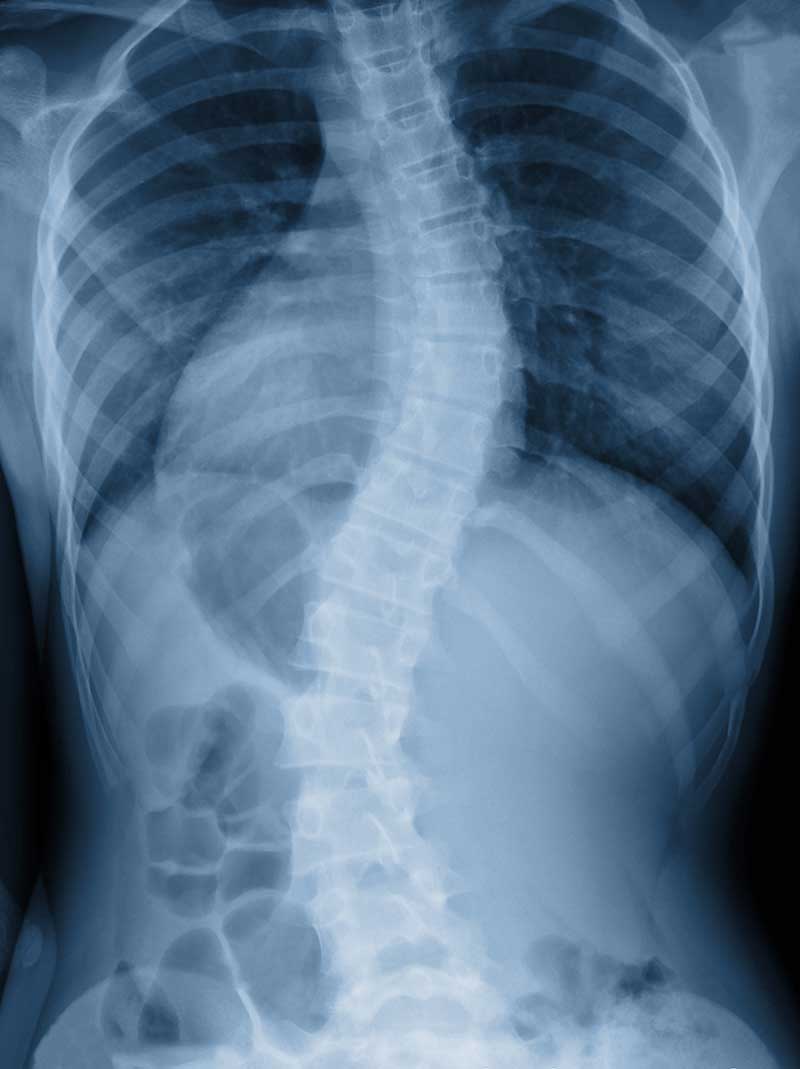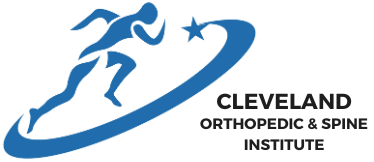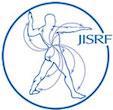
Scoliosis affects 2-3% of the population in the United States, totaling 6 million to 9 million people. While scoliosis varies considerably in terms of degrees, early intervention is always best, which is where the orthopedic team at Dr. Louis Keppler & Associates comes in. Armed with the latest science and techniques, Dr. Keppler helps scoliosis patients in Independence, Ohio, lead active lives. For more information, call or use the online scheduling tool to set up an appointment.
request an appointmentWhat is scoliosis?
In the simplest of terms, scoliosis is a sideways curve in your spine, but there can be much more to it than that. Scoliosis typically develops in children after the age of 10 and continues to progress until the child stops growing in adulthood. Most cases of scoliosis (approximately 80% of cases) are idiopathic, which means there’s no known cause for the condition. In the remaining cases, scoliosis can be congenital or neuromuscular.
Scoliosis is diagnosed when there’s a 10-degree curvature or more in the spine. This curvature typically doesn’t cause any problems in function until it gets past the 25-degree mark, at which point pain may become an issue. Any curvature beyond 45 degrees is considered severe and usually requires surgery.
How is scoliosis detected?
Mild cases of scoliosis often go undetected because there are no side effects, and the condition is tough to spot with the naked eye. That said, there’s a movement by the National Scoliosis Foundation for early detection in order to help kids through their developmental years and prevent their scoliosis from becoming moderate to severe as they enter adulthood.
While advanced imaging is the best tool for spotting scoliosis, you should be on the lookout for the following signs:
- Uneven shoulders
- Uneven hips or waist
- Head is off center
- A distinct lean to one side
If you notice any of these problems in your child, it’s a good idea to see Dr. Keppler for further investigation.
How is scoliosis treated?
Since many cases of scoliosis don’t present any functional or comfort issues, Dr. Keppler recommends monitoring the situation closely so he can intervene at the first signs of trouble, which is especially important for growing children. Through vigilant monitoring, Dr. Keppler can step in if the curvature starts to worsen using bracing techniques. In severe cases of scoliosis, Dr. Keppler may recommend surgical intervention to straighten the spine.
During this procedure, which is typically reserved for curvatures of more than 45%, Dr. Keppler fuses and straightens the spine, with the goal of achieving less than 25% curvature. Any curvature that’s less than 25% isn’t usually visible, and it doesn’t interfere with function.
If you’d like to learn more about your scoliosis treatment options, call Dr. Louis Keppler & Associates or use the online booking tool to schedule an appointment.



